Search results for: “”
-

Unveiling the Mystery: Why Do Gorillas Beat Their Chest – Discover the Truth Behind the Thumps
Gorillas are truly fascinating creatures. They are the largest primates on Earth and share an incredible 98% of their DNA with humans. Among their many intriguing behaviors, one stands out for its dramatic flair and deep meaning: chest beating. Chest beating, a behavior most commonly associated with the mighty silverback gorillas, is much more than…
-

How Much Can a Gorilla Bench? The Astonishing Power of Gorillas Examined
When we talk about strength in the animal kingdom, gorillas are one of the first creatures that come to mind. These magnificent primates, known for their imposing presence and gentle nature, are a marvel of natural strength and power. In terms of sheer muscle power, gorillas are leagues ahead of the average human. An adult…
-
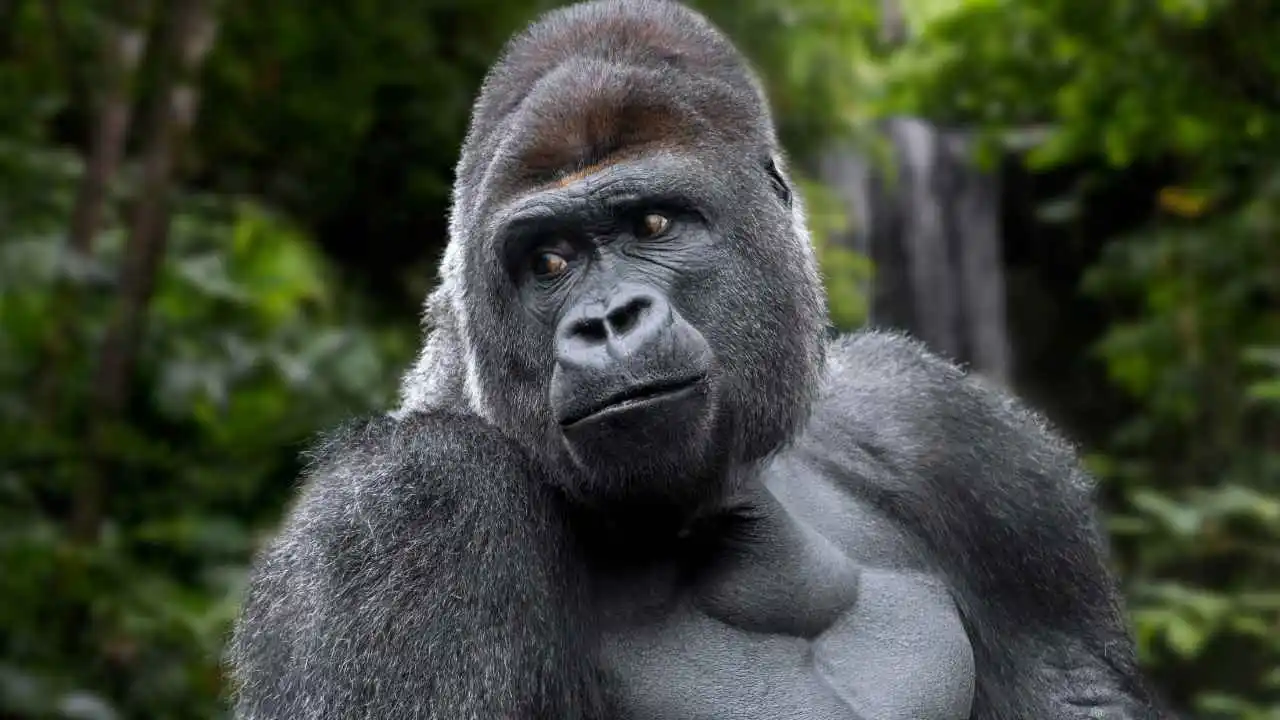
How Much Does A Silverback Gorilla Weigh : Discover the True Weight and Power of Gorilla Kings
Silverback gorillas are not just any ordinary members of the gorilla family; they are the true leaders and protectors of their groups. IThese gorillas are named ‘silverback’ because of the distinctive silver fur on their backs, a sign of maturity and wisdom. They are the oldest and strongest males in the group, often seen leading,…
-

Do Gorillas Have Tails – Why Don’t Gorillas Have Tails
Gorillas are a fascinating species of primate that have captivated humans for centuries. One of the most common questions about gorillas is whether or not they possess tails. Do gorillas have tails No, gorillas do not have tails. They belong to the family of primates known as Hominoidea, which also includes orangutans, chimpanzees, and humans.…
-
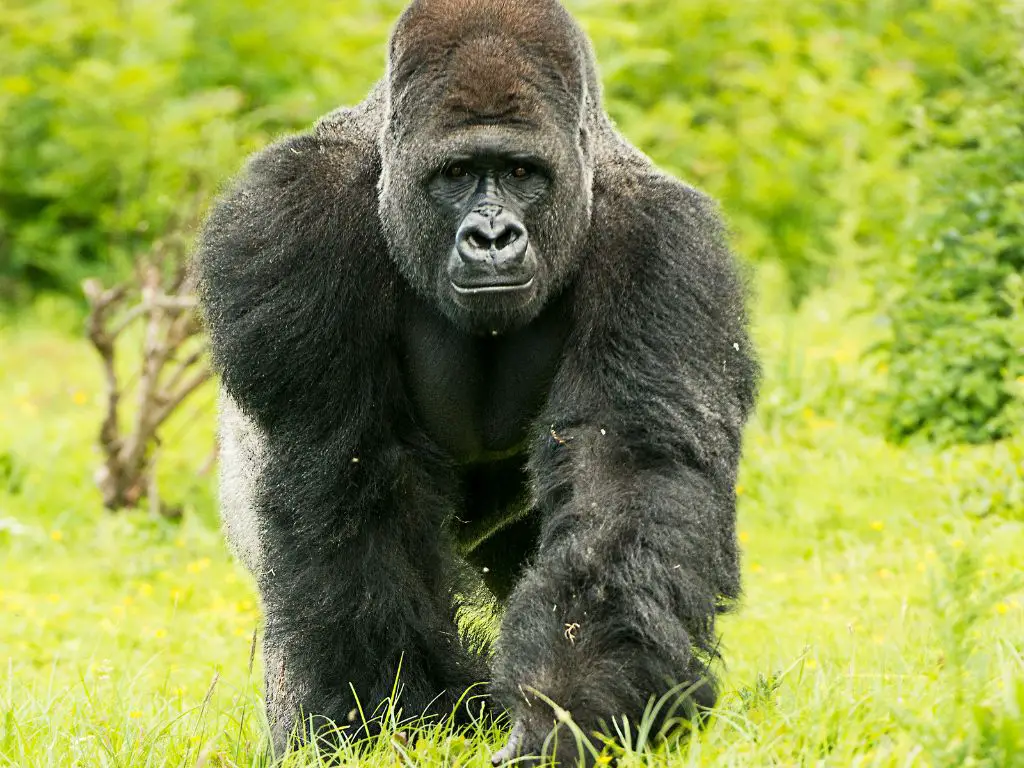
How Many Gorillas Are Left In The World – Gorilla Population
The exact number of gorillas left in the world is difficult to determine, but estimates suggest that there are between 100,000 and 200,000 individuals remaining. This figure includes both wild and captive animals. The primary threats to gorilla populations include poaching for bushmeat as well as habitat degradation due to deforestation for agricultural activities or…
-
Home
—
by
[tdc_zone type=”tdc_content”][vc_row full_width=”stretch_row_1200 td-stretch-content” tdc_css=”eyJhbGwiOnsibWFyZ2luLWJvdHRvbSI6IjgwIiwicGFkZGluZy10b3AiOiI4MCIsInBhZGRpbmctYm90dG9tIjoiNDAiLCJiYWNrZ3JvdW5kLWltYWdlIjoidXJsKFwiaHR0cHM6Ly9nb3JpbGxhZmFjdHMub3JnL3dwLWNvbnRlbnQvdXBsb2Fkcy8yMDIzLzAxL3h4eF9iZ19ob21lMV94eHguanBnXCIpIiwiYmFja2dyb3VuZC1wb3NpdGlvbiI6ImNlbnRlciBib3R0b20iLCJjb2xvci0xLW92ZXJsYXkiOiJyZ2JhKDAsMCwwLDAuNykiLCJkaXNwbGF5IjoiIn0sImxhbmRzY2FwZSI6eyJwYWRkaW5nLXRvcCI6IjcwIiwicGFkZGluZy1ib3R0b20iOiIzMCIsImRpc3BsYXkiOiIifSwibGFuZHNjYXBlX21heF93aWR0aCI6MTE0MCwibGFuZHNjYXBlX21pbl93aWR0aCI6MTAxOSwicG9ydHJhaXQiOnsibWFyZ2luLWJvdHRvbSI6IjYwIiwicGFkZGluZy10b3AiOiI2MCIsInBhZGRpbmctYm90dG9tIjoiMjAiLCJkaXNwbGF5IjoiIn0sInBvcnRyYWl0X21heF93aWR0aCI6MTAxOCwicG9ydHJhaXRfbWluX3dpZHRoIjo3NjgsInBob25lIjp7InBhZGRpbmctdG9wIjoiNjAiLCJwYWRkaW5nLWJvdHRvbSI6IjIwIiwiZGlzcGxheSI6IiJ9LCJwaG9uZV9tYXhfd2lkdGgiOjc2N30=” row_fixed=”yes”][vc_column][tdm_block_column_title title_tag=”h3″ title_size=”tdm-title-md” tds_title1-f_title_font_family=”582″ tds_title1-f_title_font_weight=”700″ content_align_horizontal=”content-horiz-center” tds_title1-title_color=”#ffffff” tds_title1-f_title_font_transform=”uppercase” tds_title1-f_title_font_size=”50″ tds_title1-f_title_font_line_height=”1″ tds_title=”tds_title3″ tds_title3-line_width=”0″ tds_title3-line_height=”0″ tds_title3-subtitle_color=”#ffffff” tds_title3-hover_subtitle_color=”#ffffff” tds_title3-title_color=”#ffffff” tds_title3-hover_title_color=”#ffffff” tdc_css=”eyJhbGwiOnsiZGlzcGxheSI6IiJ9fQ==” tds_title3-line_space=”eyJhbGwiOiIxNiIsInBob25lIjoiOCIsInBvcnRyYWl0IjoiMTAiLCJsYW5kc2NhcGUiOiIxNCJ9″ tds_title3-hover_line_width=”0″ tds_title3-f_title_font_family=”582″ tds_title3-f_subtitle_font_family=”582″ tds_title3-f_subtitle_font_transform=”none” tds_title3-f_title_font_transform=”uppercase” tds_title3-f_title_font_size=”eyJhbGwiOiI1NCIsImxhbmRzY2FwZSI6IjUwIiwicG9ydHJhaXQiOiI0MiIsInBob25lIjoiMzAifQ==” tds_title3-f_title_font_weight=”700″ tds_title3-f_title_font_line_height=”1″ tds_title3-f_title_font_spacing=”2″ tds_title3-f_subtitle_font_size=”eyJhbGwiOiIxOCIsImxhbmRzY2FwZSI6IjE3IiwicG9ydHJhaXQiOiIxNiIsInBob25lIjoiMTQifQ==” tds_title3-f_subtitle_font_line_height=”1.6″ tds_title3-f_subtitle_font_weight=”600″ tds_title3-subtitle_text=”A gorilla is a species of primate that is native to the forests of central and eastern Africa. They…
-
Contact Us
—
by
Thank you for your interest in contacting us! We are always happy to hear from our readers and visitors, and we welcome your questions, comments, and suggestions. If you have a question about one of our articles or videos, or if you would like to share your thoughts about our website, you can reach us…
-
About US
—
by
Welcome to our website about gorillas! We are a team of dedicated conservationists and gorilla experts who are passionate about sharing our knowledge and love of these magnificent animals with the world. Our website features a wide range of content about gorillas, including articles, videos, and interactive media. We cover a wide variety of topics,…
-
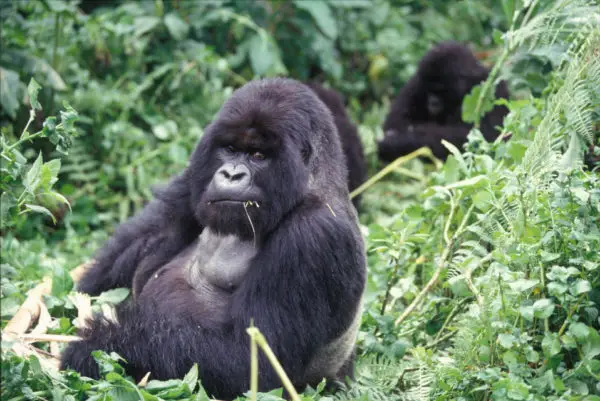
Where Do Mountain Gorillas Live – Mountain Gorilla Habitat
Mountain gorillas are an endangered species of primates. They are called mountain gorillas because they inhabit places that are at high altitudes. This might make it obvious that they live in mountains, but there is much more than what meets the eye in this case. Here is some research on the specific places where mountain…
-
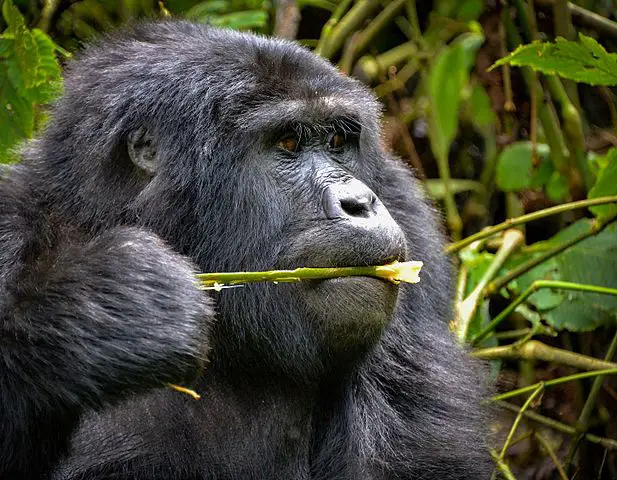
What Do Mountain Gorillas Eat – Mountain Gorillas Diet
Gorillas belong to a specialized type of herbivore called folivore. Some of herbivores have large, lusterless and flat teeth. These types of teeth are excellent for chewing and breaking down of hard plant materials. While carnivorous have sharp and narrow teeth. Those are better for biting and tearing flesh. Here we have gathered complete information…
-
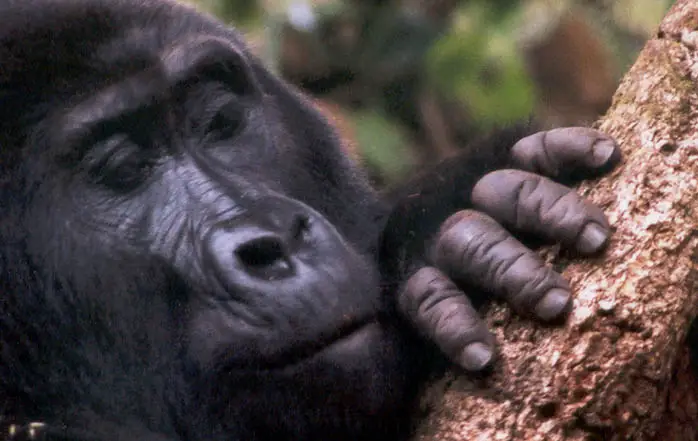
Why Are Mountain Gorillas Endangered – Mountain Gorilla Conservation
The mountain gorilla is one of subspecies of eastern gorilla. It is listed as endangered on the International Union for Conservation of Nature (IUCN) Red List, as its population consists of 1,004 individuals in two populations as of 2018. Some population lives in Biwindi Impenetrable National Park of Uganda, and other part of population live…
